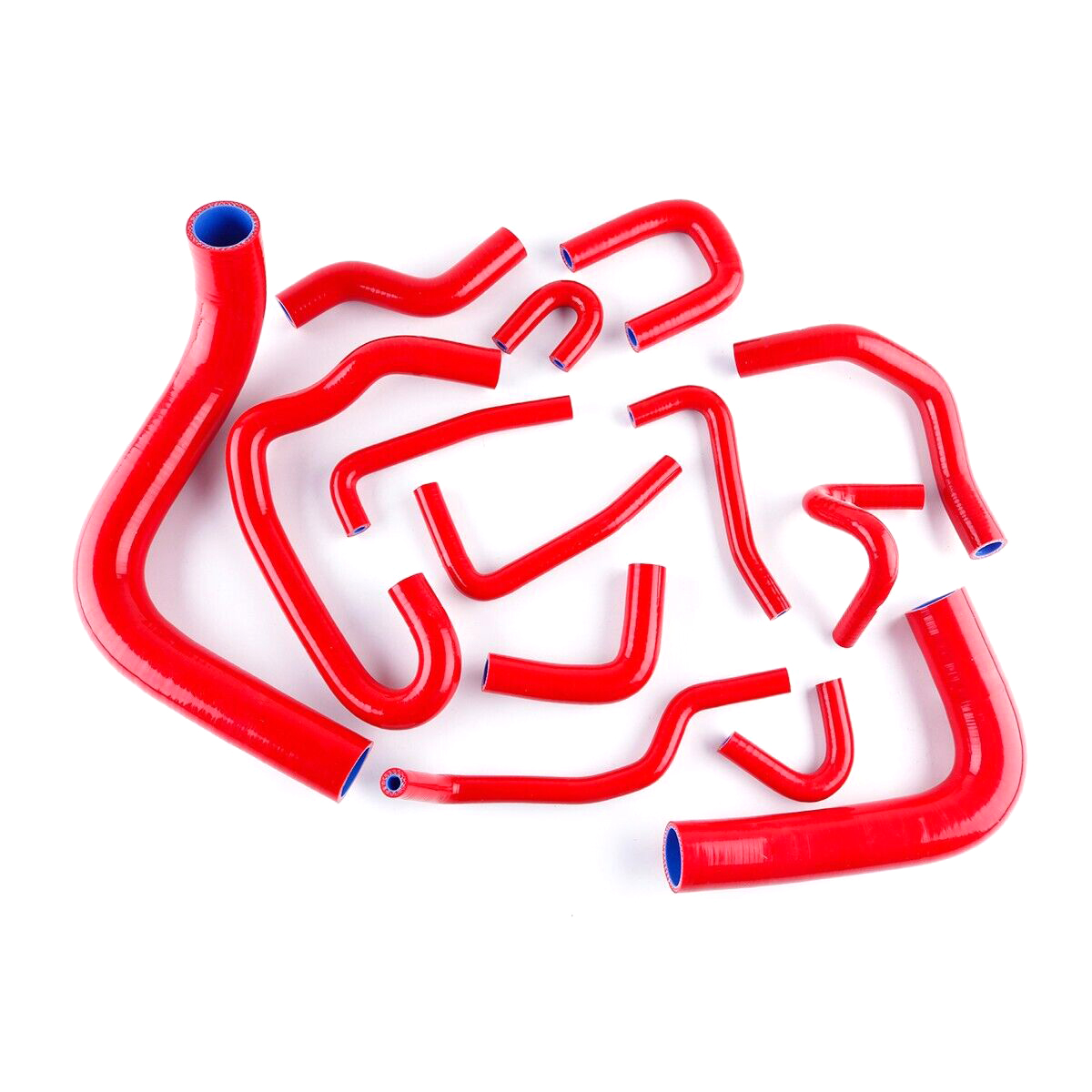Resistance to temperature extremes -65°F-350°F and even up to 500 °F
long service life compared to EPDM and organic materials.
Weather resistant to; harsh sunlight & dry conditions, ozone, and rain water.
High resistance to water absorption.
Odorless and tasteless,inert.
Resistance to compression set& deformation, esp. at high & low temps.






